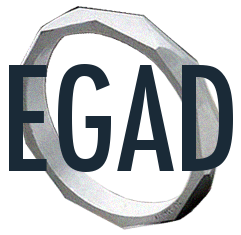4) What program-specific attributes are supported by your curriculum? (i.e. attributes not identified by CEAB) 
Findings:
- What are those attributes
- Where and how are they supported?
Interpretation:
- In what way are those program-specific attributes related to the purpose of your program?
- In what way are those attributes related to professional engineering?
Judgments:
- How important are the program-specific attributes to the character of the program and to your students’ development?
- Should the support of these program-specific attributes be enhanced?
Recommendations:
- What changes to the program might be made to better support the program-specific attributes?
![]()
What other questions for findings, interpretations, judgements and recommendations will be pertinent to your own context?
5) What gaps exist in the program?
Findings:
- Where do they exist?
Interpretations:
- What is causing the gap?
Judgments:
- What is the impact of the identified gap(s)?
Recommendations:
- How might the gap(s) be addressed?
What other questions for findings, interpretations, judgements and recommendations will be pertinent to your own context?
6) How are your students doing?
After contrasting student’s self-reports of learning with data collected on their actual performance, here are some questions you may want to consider:
Findings:
- What percentage of students is reaching target levels of performance?
- What percentage of students is reaching threshold levels?
- How congruent are the results of indirect (students’ self reports, co-op supervisors’ reports etc) and direct (results on tests, assignments and projects) methods of assessment?
- What are the trends?
Interpretations:
- What explanations can be made for the discrepancies between direct and indirect methods of assessment?
Judgments:
- What is the significance of the discrepancies between direct and indirect reports of learning?
- What effect is the discrepancy having?
Recommendations:
- What specific strategies will be suggested to bridge the gaps that have been identified?
![]()
What other questions for findings, interpretations, judgements and recommendations will be pertinent to your own context?
